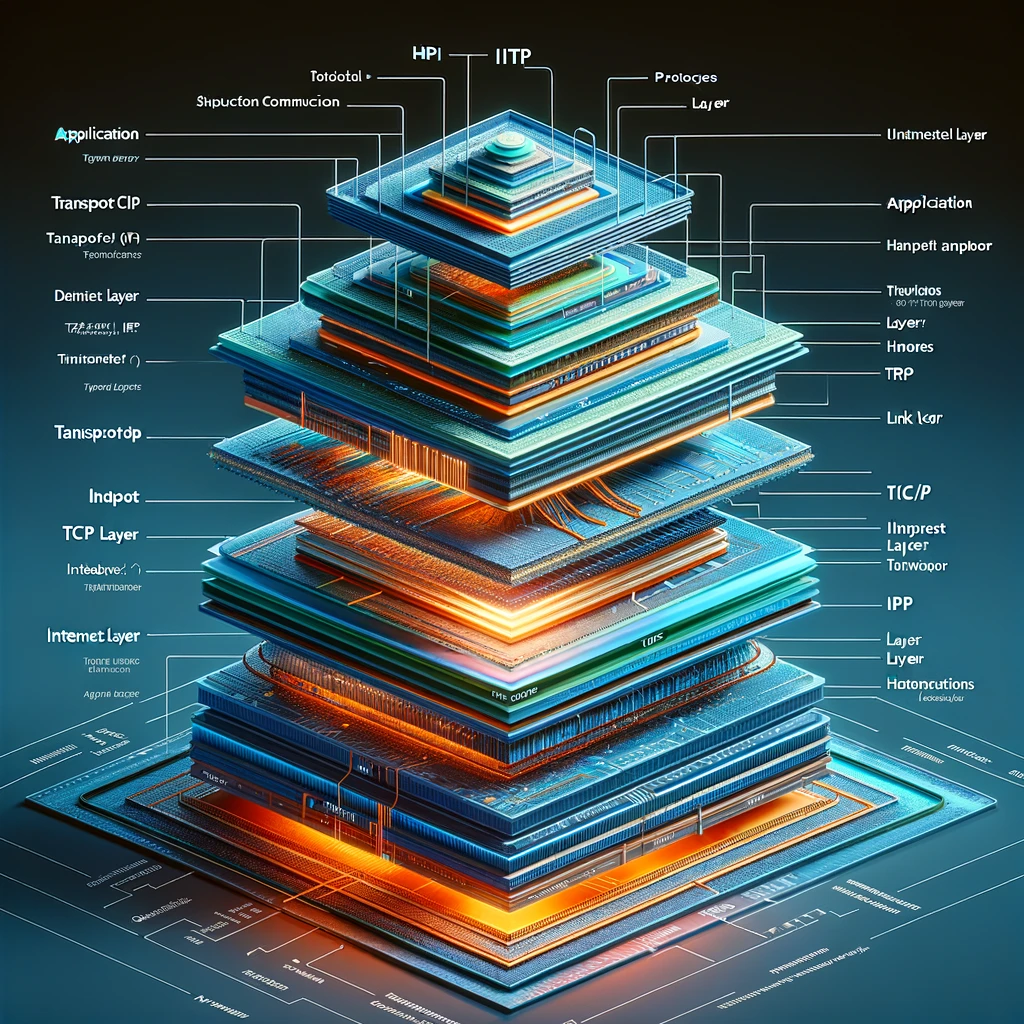Demystifying How the Internet Works
The Internet, an indispensable tool in our daily lives, seamlessly connects us to a world of information, entertainment, and communication. At the heart of this global network lies TCP/IP, the protocol suite that orchestrates the flow of data across the Internet, making modern digital life possible.
Understanding TCP/IP

TCP/IP, or the Internet Protocol Suite, is the backbone upon which the Internet operates. It dictates how data should be packaged, addressed, transmitted, routed, and received, ensuring seamless end-to-end data communication. Originally known as the Transmission Control Program, it was later divided into two distinct protocols: Transmission Control Protocol (TCP) and Internet Protocol (IP), to enhance scalability and flexibility.
The Internet Protocol Suite operates across four layers of the Internet Model, each with its distinct functions:
- Application Layer: The topmost layer, hosting services like Telnet, FTP, and SMTP.
- Transport Layer: Facilitates end-to-end communication services through TCP and UDP.
- Internet Layer: IP operates here, carrying data across network boundaries with protocols like ICMP and IGMP.
- Link Layer: Governs communication on directly-connected networks, using link layer or media-access layer protocols.
Unlike the OSI model, the Internet Model integrates the Application, Presentation, and Session Layers into its application layer and aligns the Internet and Link layers with the Network and Data Link layers of the OSI model, respectively.

What is the Internet?
The Internet is best described as a network of networks. Born from ARPANET and standardized for military networks by the United States Department of Defense in 1982, TCP/IP has evolved to accommodate the expansive digital ecosystem we navigate today. Innovations like IPv6 address the need for more IP addresses, showcasing TCP/IP’s adaptability.
TCP/IP’s strength lies in its robust error handling, efficient failure recovery, and minimal data overhead. Its universal support across major operating systems and devices, combined with its non-proprietary nature, underscores its widespread adoption.
The packet-switched design of TCP/IP optimizes data transmission across the Internet. Data packets, marked with destination and return addresses, traverse the network via available routes, allowing for dynamic packet reassembly at the destination, regardless of the paths taken.
Conclusion
TCP/IP remains the premier choice for Internet communication, its future enhancements likely shaped by emerging digital needs. With the gradual adoption of IPv6, it’s clear that TCP/IP will continue to underpin the Internet’s infrastructure for the foreseeable future, driving connectivity and innovation across the digital landscape.
Works Cited
This exploration into TCP/IP and its pivotal role in Internet communication draws on authoritative sources, including RFC 1122 and Wikipedia, providing a comprehensive overview of the protocols that enable the seamless functioning of the Internet.






